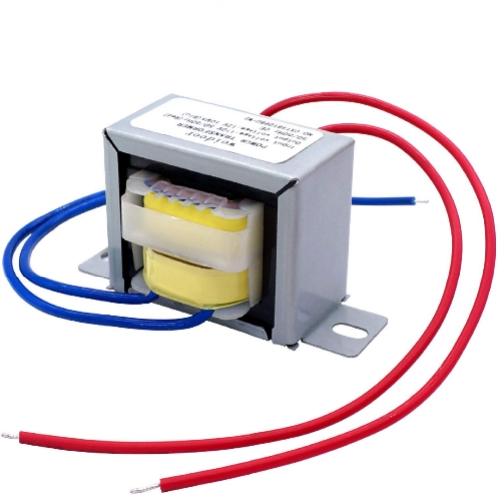Unlocking the Power: Exploring the Dual Functions of Transformers
2 min read
Transformers, the backbone of modern electrical systems, play a crucial role in power distribution and transmission. These complex devices are designed to efficiently transfer electrical energy between circuits, ensuring a steady and reliable supply. In this article, we will delve into the intricacies of transformers and explore their two main functions: voltage transformation and isolation.
- Voltage Transformation:
Transformers are primarily known for their ability to step up or step down voltage levels. This function is essential for transmitting electricity over long distances and adapting it to suit various applications. Here, we will discuss two key aspects of voltage transformation: a. Step-Up Transformers:
Step-up transformers increase the voltage from the primary winding to the secondary winding. This is crucial for long-distance power transmission, as higher voltages minimize energy losses during transportation. By reducing current levels, step-up transformers enable efficient power transfer across vast networks, ensuring electricity reaches even the remotest corners. b. Step-Down Transformers:
Conversely, step-down transformers decrease the voltage from the primary winding to the secondary winding. This function is vital for safely delivering electricity to homes, businesses, and industries. By reducing high-voltage power to lower, safer levels, step-down transformers protect electrical devices and ensure compatibility with consumer appliances. - Isolation:
Apart from voltage transformation, transformers also provide electrical isolation between circuits. This isolation serves multiple purposes, including: a. Safety:
Transformers act as a barrier, preventing direct contact between the primary and secondary circuits. This isolation protects individuals from electric shocks and reduces the risk of electrical fires. By containing potential faults within a specific circuit, transformers enhance overall system safety. b. Noise Reduction:
Transformers help mitigate electrical noise and interference. By isolating circuits, they prevent unwanted signals from propagating across different components or systems. This is particularly crucial in sensitive electronic devices, where noise can disrupt performance and compromise functionality.
Conclusion:
Transformers are indispensable devices that facilitate efficient power distribution and ensure electrical safety. Their dual functions of voltage transformation and isolation enable the seamless transmission of electricity across vast networks while protecting individuals and equipment. Understanding the intricacies of transformers is essential for engineers, electricians, and anyone involved in the electrical industry.
